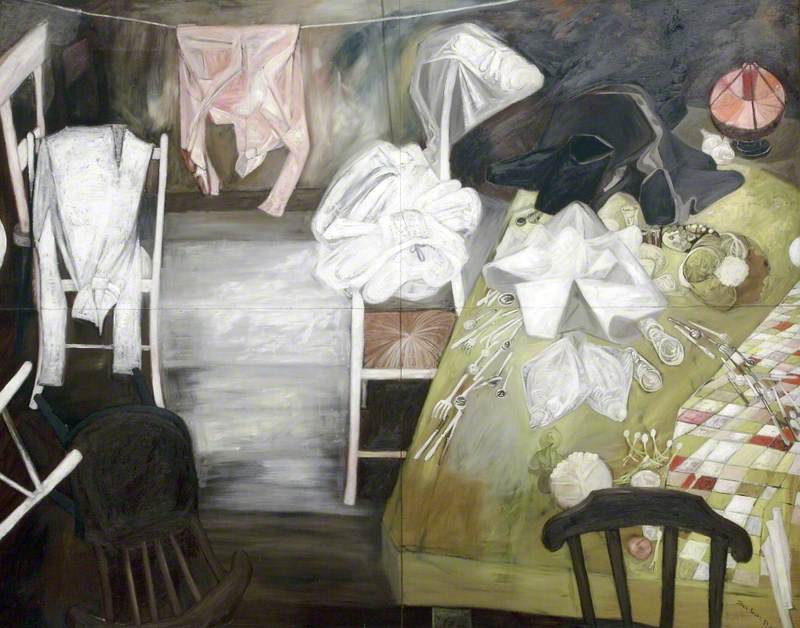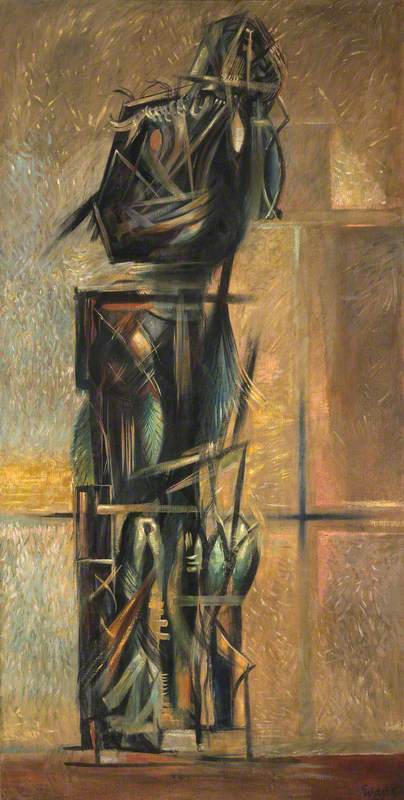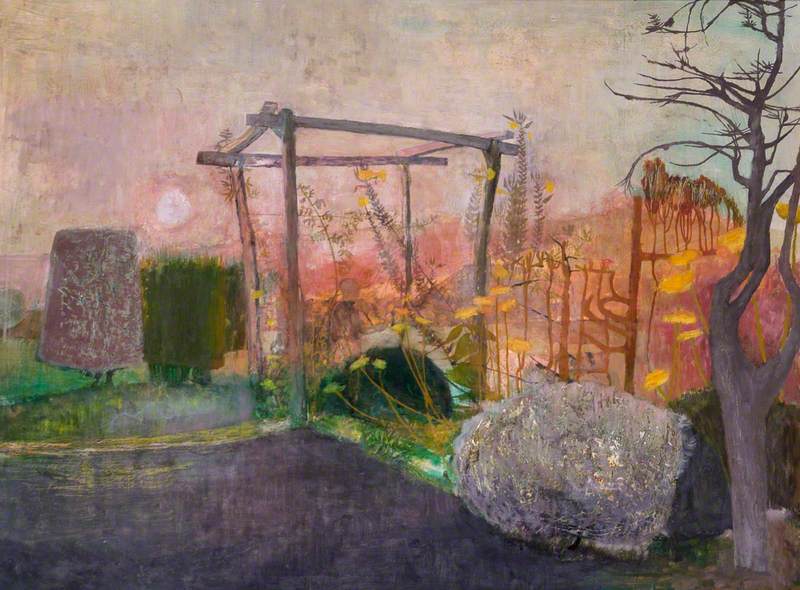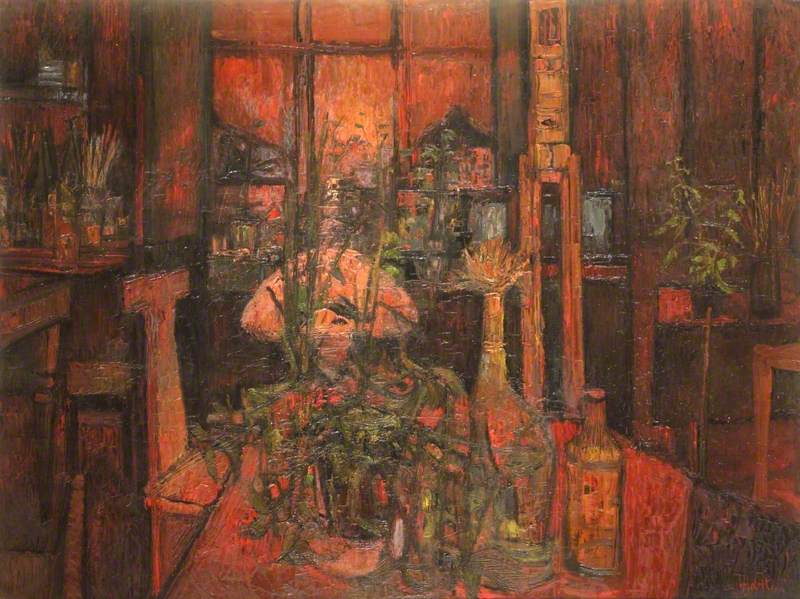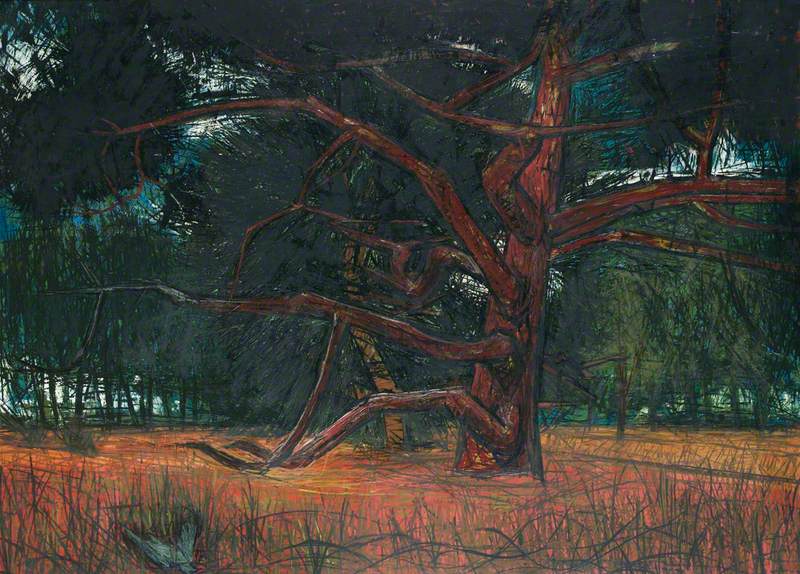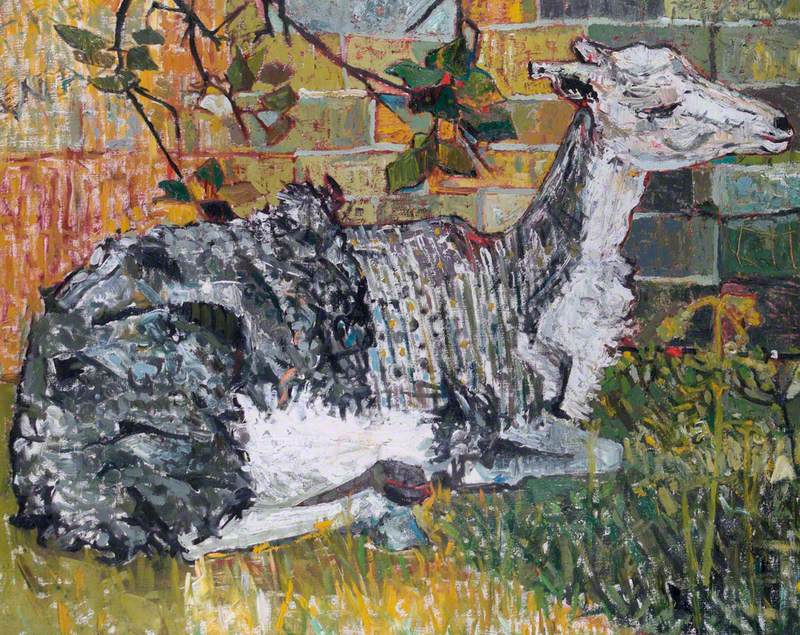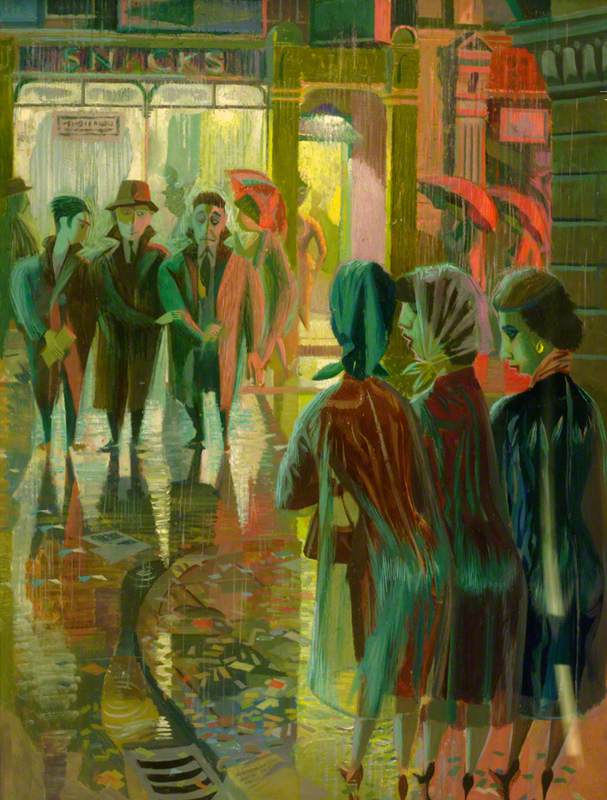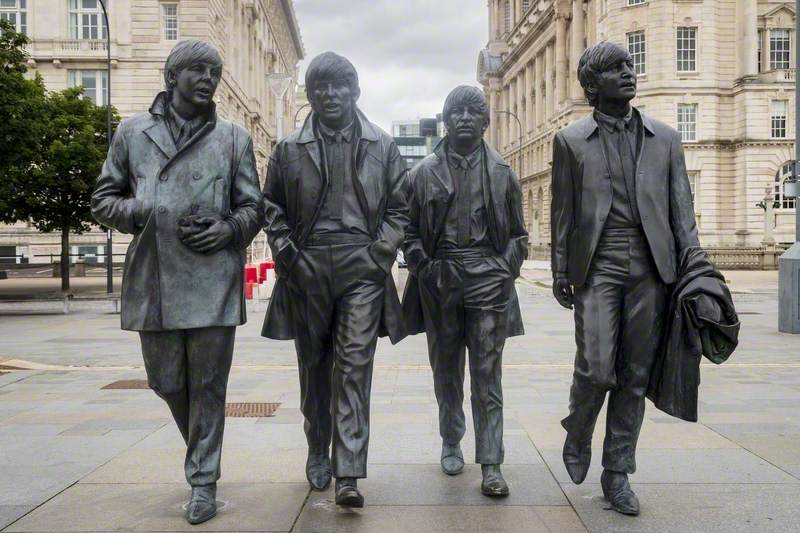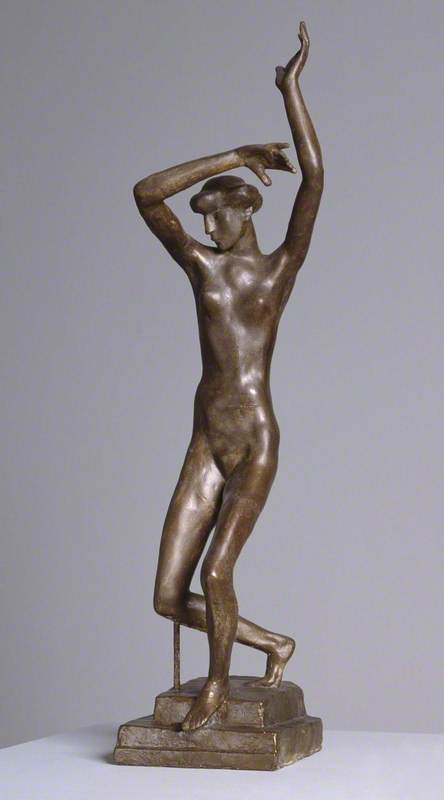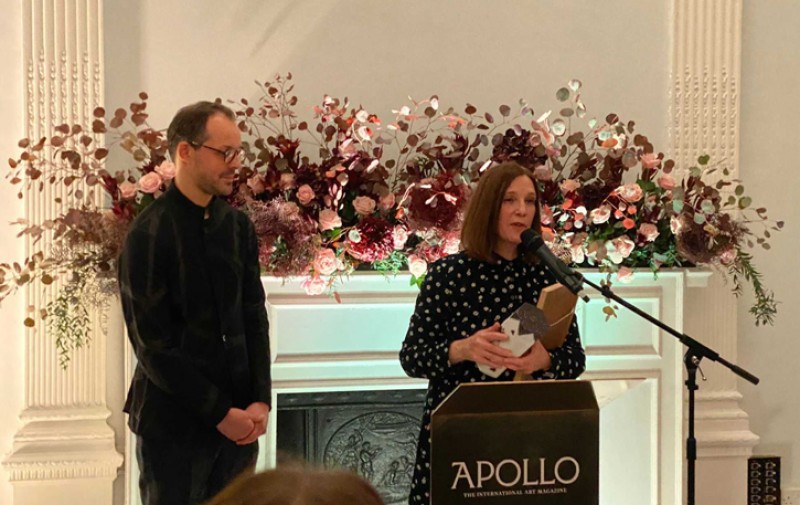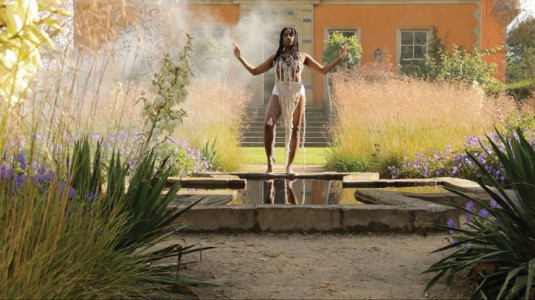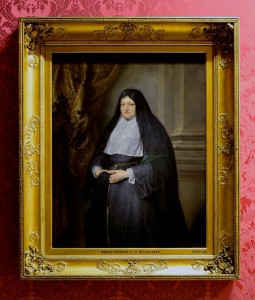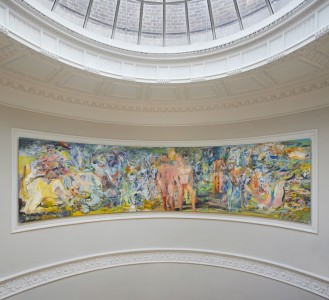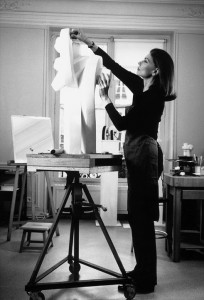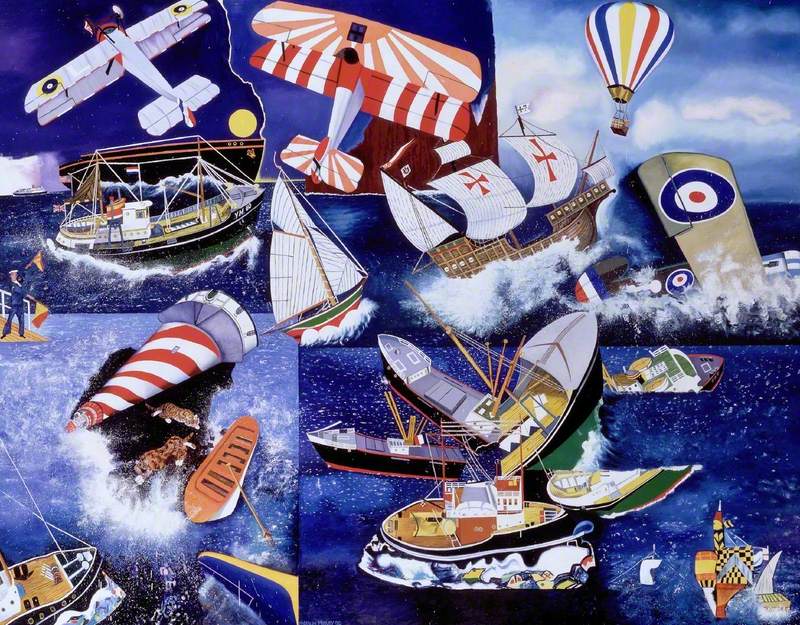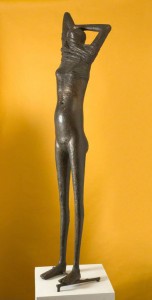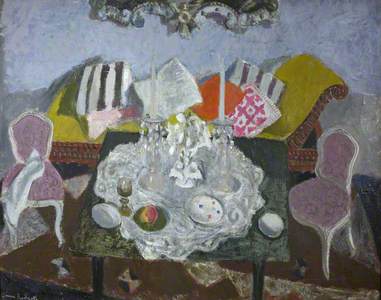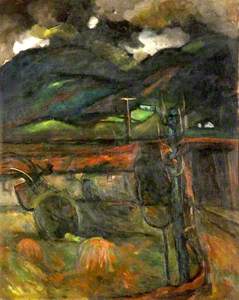As part of the Post-War Painting in Regional Collections research group, one of the questions that our network of art historians and curators wanted to ask was: what concealed stories about artists and artworks might we uncover from the information held in historical exhibition catalogues?
Learning more about artists and artworks in regional collections
The first John Moores Painting Prize exhibition catalogues were a great place to look for examples of the sort of post-war British painting that can be found in UK collections. The John Moores Painting Prize was established in 1957, and has been held every two years at the Walker Art Gallery in Liverpool ever since, so its catalogues provide a substantial record of regionally exhibiting artists in Britain.
Anybody can enter their work into this competition, and the work is judged anonymously, theoretically creating a level playing field for lesser-known artists. By auditing a sample catalogue, we hoped to establish whether the Prize invited a more diverse field of talent than more conventional exhibitions and whether this, in turn, led to public art galleries and museums collecting a more diverse range of work.
Cover of the John Moores Liverpool Exhibition catalogue, 1957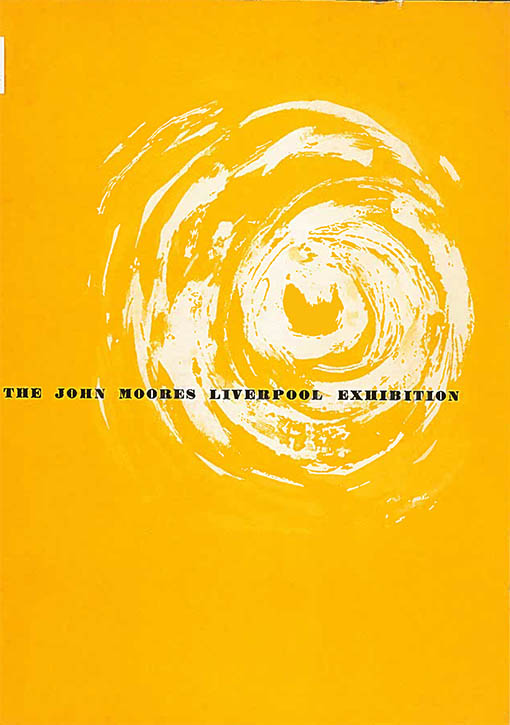
Conducting our investigation
To audit the 1957 catalogue of the Painting Prize, we first identified a number of categories of data that we would record, including gender, age, sexuality, ethnicity, education, representation in other collections, and place of residence. The aim was to capture the most relevant information for a spectrum of research questions, pertaining to the personal identity of the artists, movements in British art and the structuring of collections.
Looking into some of these categories – such as gender and age – was really useful and generated compelling data that has led to further research questions. In other cases, we were unable to generate sufficient data, although these gaps showed blind spots where different methods could be used.
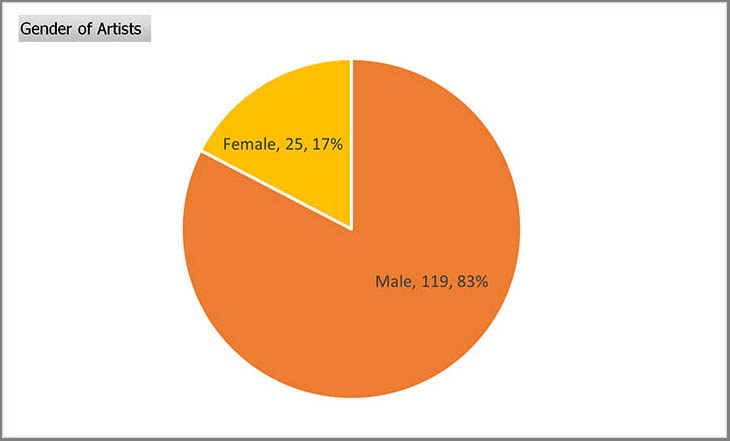
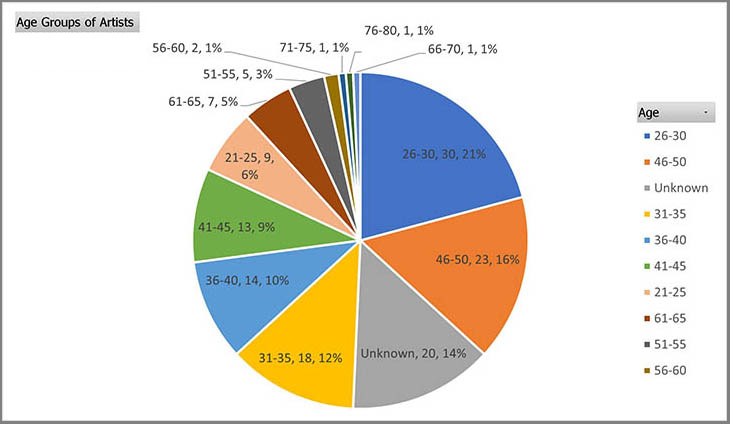
It quickly became apparent that the question 'how many artists of minority ethnicity were selected?' would be hard to answer, unless we were looking at artists who were already well known, for example, Prize exhibitors Francis Newton Souza and R. B. Kitaj. This went somewhat against the open-ended grain of our intended study.
Instead, we were able to transpose into the more productive 'region of origin', and 'region of residence', which gives the results below. We intend to use the data from these categories to conduct research into the migration of artists – both internationally and internally – within the period.

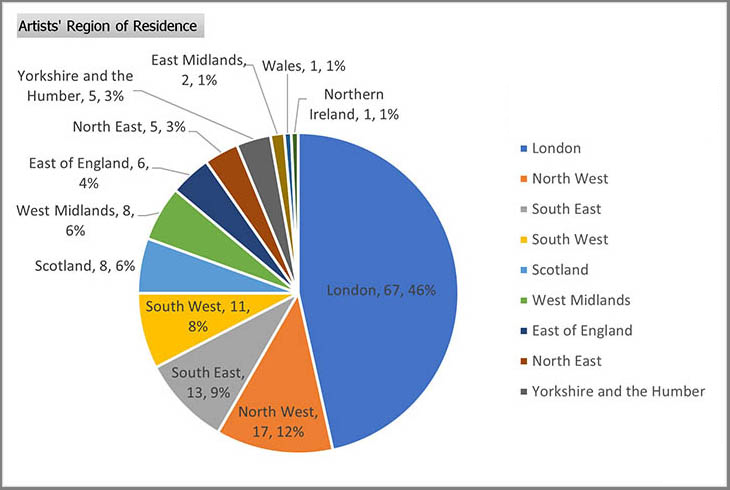
We can also start to address myriad further questions that will augment our understanding of the careers of professional artists in the post-war period. In turn, this can enrich our knowledge of non-canonical artists, and histories of regional collections.
For example, by identifying what schools these artists studied at, whether they listed their occupation as professional artist, and whether their work was collected by regional or national institutions, we can begin to look for evidence of cohesive networks and movements. We might also identify particular trends that reveal the discrete teaching aims and objectives of the different regional art schools, the types of artists they produced, and the remit of regional curators for collection acquisitions.
Collective action
The initial catalogue audit was begun by a group of researchers based across universities, art galleries and museums, together with some independent arts professionals, at various stages in their careers – all members of the 'Post War British Painting Regional Collections' group affiliated with the British Art Network.
we have aimed to uncover, interrogate and highlight questions of diversity in post-war regional collections: recognising absences and researching and promoting previously overlooked artists ... particularly in relation to race, class and gender
We came together online during the coronavirus pandemic lockdown on 15th February 2021 to work collectively by simultaneously filling in a database with information from digital copies of the 1957, 1959, and 1961 John Moores Painting Prize catalogues. Whilst working, we discussed categorisation, shared information sources and shaped further research questions. Art historian Ella Nixon commented on the experience:
'There was a real sense of coming together as a team with purpose to research the prize winners. It was useful to do this research simultaneously so we could highlight any obstacles as we came across them in real-time (e.g. gendered names: some traditionally male names actually denoted women artists, so never assume the gender!). Lockdown had made us all adept at Zoom calls, and I think this worked very much to our advantage because researchers from all over the country came together, making use of diverse online resources.'
Next, researcher Dr Clare Matthews completed the audit and produced data subsets based on our categorisation of the information. Clare also produced infographics to represent the data more immediately. The next stage has been to share the data with the 2022 level 4 History of Art and Museum Studies cohort of students at Liverpool John Moores University. The students worked together, led by class members Pippa Johnston and Georgie Lamont, to identify artworks from the 1957 Prize, and to curate a virtual exhibition using the Art UK Curations tool.
Gentleman in Academic Dress
1957
Harold Cohen (1928–2016) 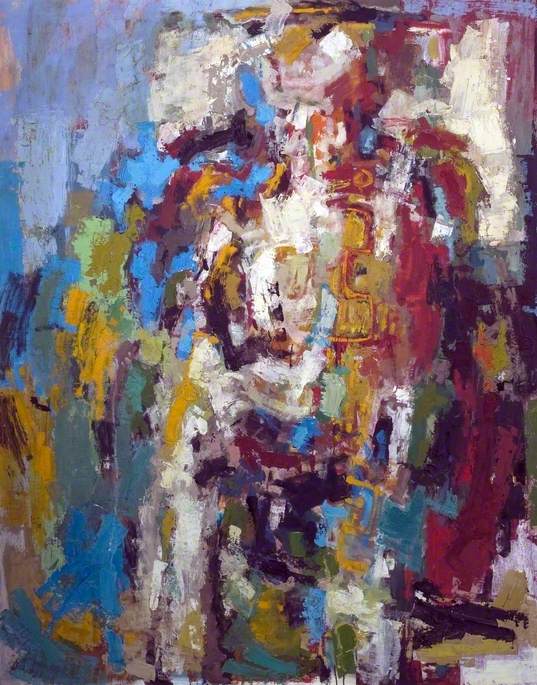
What we have found so far
While the vast majority of artists who exhibited in the 1957 Prize were from Britain, the exhibition did feature a number of artists from Europe and the Commonwealth. Our next step will be to compare this data with later John Moore Painting Prize catalogues, in order to assess the extent of this international exhibiting practice. Such data will shed light on the sort of transnational artistic networks operating outside of London in the post-war period.
Another intriguing result of our study was that a relatively large proportion of the paintings from the 1957 Prize were collected by public art galleries and museums. Art UK has allowed us to trace many of these works and bring them together for the first time since 1957, in a Curation. From this, we can identify common themes and styles, and foreground works, primarily from regional collections that are not always on public display in the context of this story.
Our research highlights the important role that regional public galleries, museums and councils played in collecting art and supporting artists in the post-war period. Of the 45 paintings that we were able to trace, 26 are now in regional public collections, only 8 are held in London-based collections, and the remainder are in private hands. This suggests that regional institutions played a major role in the post-war artistic economy, and so challenges the sort of London-centric history of post-war art and design in Britain that is often so dominant.
Our research group was formed in part as a challenge to the south-centric history of post-war British art. In particular, we have aimed to uncover, interrogate and highlight questions of diversity in post-war regional collections: recognising absences and researching and promoting previously overlooked artists, groups or practices represented in our regional galleries, particularly in relation to race, class and gender.
Studying the John Moores Painting Prize catalogues enabled us to test whether a mass data auditing methodology can help us achieve these research goals. The outcomes of our audit indicate there is a rich amount of historical material pertaining to regional and transcultural art practice, collection and gender, and that this is ripe for further investigation.
Dr Hana Leaper, John Moores Painting Prize Embedded Post Holder at Liverpool John Moores University and Dr Sophie Hatchwell, Lecturer in History of Art at the University of Birmingham
Acknowledgements
This work was made possible by members of the Post-War Painting in Regional Collections research group. This group is affiliated with the British Art Network, which is jointly overseen by Tate and Paul Mellon Centre for Studies in British Art and Tate. We are grateful to Tate, the Paul Mellon Centre and Arts Council England for funding this work.
Our thanks to Clare Matthews, who provided meticulous attention to detail in producing datasets and infographics.
We'd also like to thank the 2022 level 4 History of Art and Museum Studies cohort of students at Liverpool John Moores University: Chloe Griffiths, Mya Harrison, Olivia Foulston, Rebecca Davies, Dagmara Firlej, Rebecca Adelt Lomas, George Jessop, Isabella Farruggia, Hannah Peacey, Maisie Frost and especially Georgina Lamont and Pippa Johnston who led the Curation exercise with enthusiasm and rigour.

